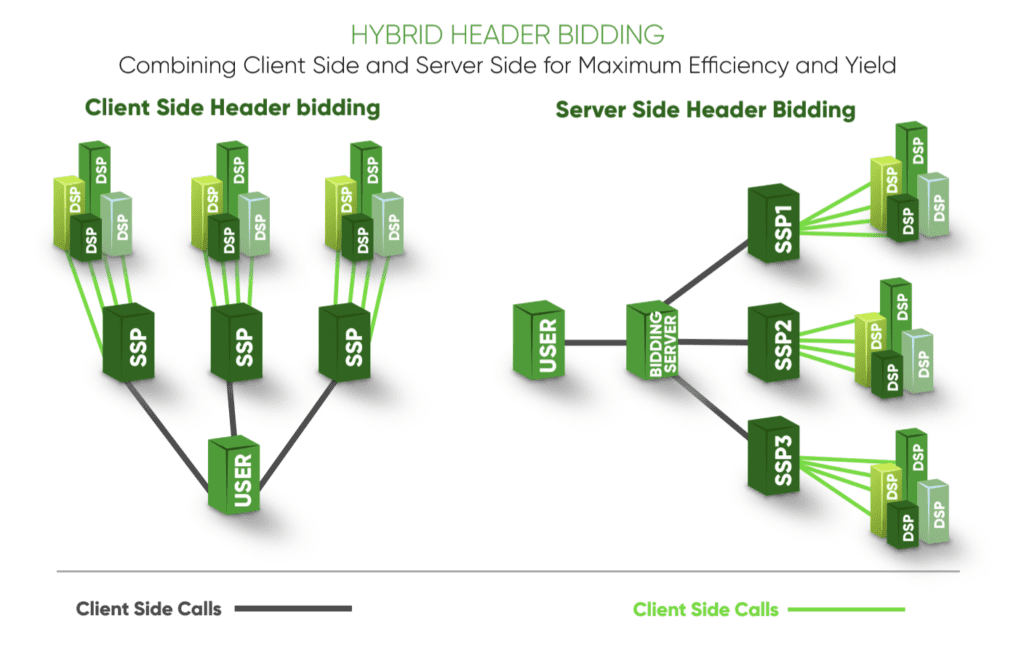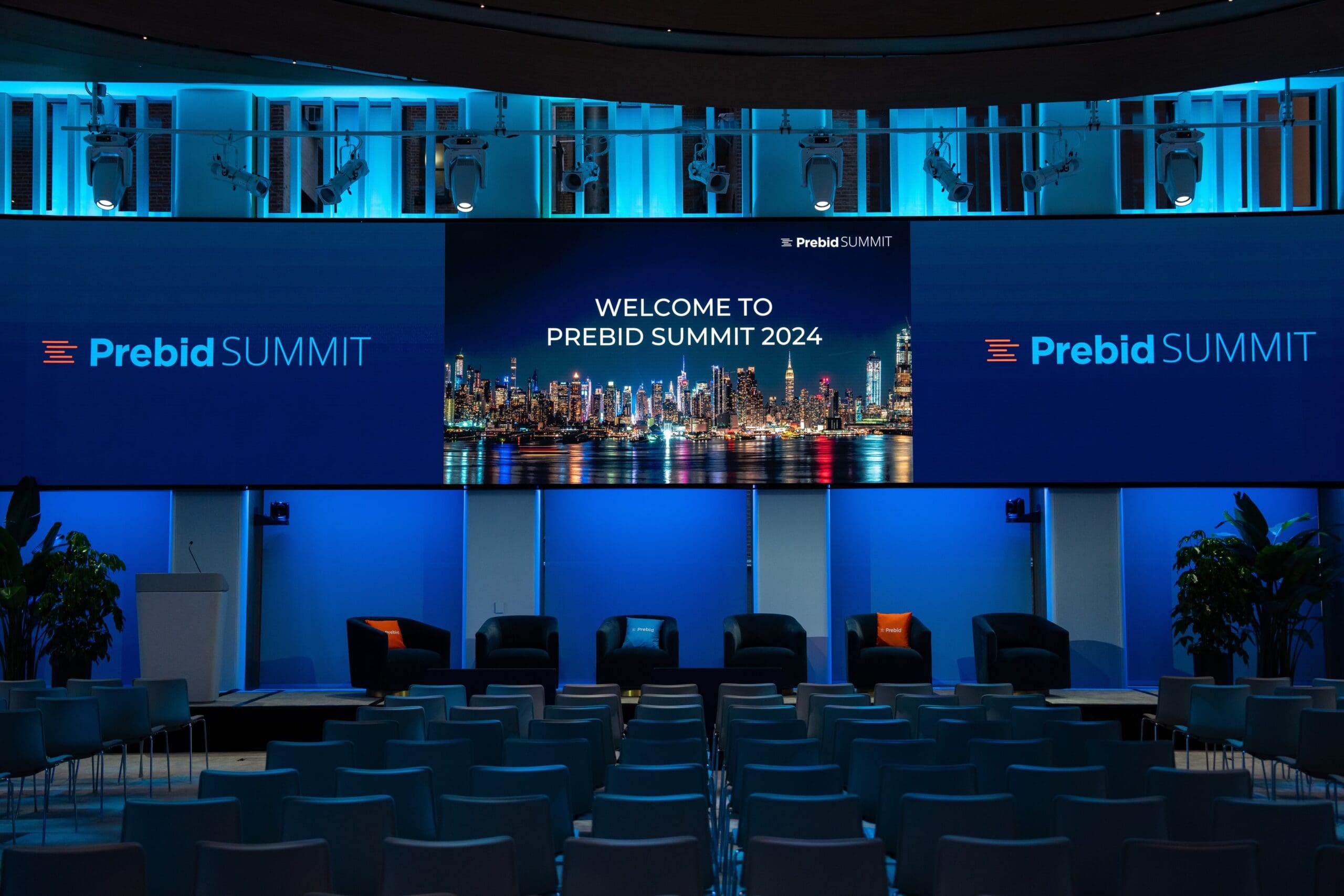Q4 is here and publishers are looking for ways to make up for the losses in the first half of the year due to ad spend drops. This is part of our series to help publishers do just that. Let’s focus on Header Bidding and the smartest way to drive revenue across your programmatic inventory.
Why Header Bidding?
Header Bidding enables publishers to collect multiple bids from various demand sources simultaneously, resulting in the highest revenues. Not surprisingly, as the Adzerk study below shows, header bidding adoption has continued to grow, and the vast majority of publishers now employ header bidding. According to eMarketer estimates, header bidding accounted for 84.9% of US digital ad spend in 2019, or $59.45 billion. Double-digit growth is expected to continue in the next few years.
US Header Bidding Adoption, Oct 2017 – March 2019

But, there are technical challenges and many pieces to the Header Bidding puzzle. Here are our top five tips to help you make the most of it.
Smart Approach to Header Bidding
1. Get Your Setup Right
The first step to a successful Header Bidding strategy is to make sure you have the right setup. And to get the most out of your Header Bidding, Adapex recommends a hybrid approach starting with implementing Prebid. Prebid offers a network agnostic solution that gives you maximum control over your tech stack and gives fair bidding advantage to each of the bidding networks. Though technically challenging, and requiring frequent updates, the efforts will pay off in maximizing revenues.
Main benefits of Prebid include:
- Network agnostic, “fair” and transparent bidding for all.
- A free and open source solution, enabling anyone to contribute or review code, leading to constant evolution and improvement.
- The largest repository of working header bidding adapters = maximum demand participation.
- Asynchronous and single time-out to provide a better user experience.
- Both Prebid Client and Server side bidding, to run faster auctions with more partners.
- Multiple options on formats (display, video, native) and channels (mobile, web, in-app).
- Customizable features to drive optimizations and performance.
2. Header Partners
In determining the optimal number of header partners, there is a general feeling of the more the merrier. But only if you are implementing a hybrid header bidding model. It’s important to retain your top performers on the client side while still allowing for access to additional demand through the server side. With client side header bidding, demand partners receive the valuable targeting information needed to make the premium-priced bids which can boost the publisher’s revenue considerably. But at the risk of latency. With a server side solution, publishers can work with as many demand sources as they want without compromising the user’s experience. Therefore, this hybrid approach maximizes the auction dynamics while minimizing strain on page load, thus optimizing your monetization.

3. Update, Analyze and Optimize
Key to getting the most from header bidding is to keep up with advances in Prebid versions and adapters to take advantage of advancements in technologies and pipes. Then, use your data to test, analyze, and improve performance. Take a look at time outs, discrepancies, bid load time, eCPM, bid rate, win rate, and other metrics so that you can provide the best user experience and optimize yield. Looking at the performance of bidders will give you insight into anomalies and help you evaluate your demand partners to identify the value of each. Understand how content drives demand and understand which are the better partners to include for your specific content and audience.
Example of data available with on-page wrapper console:

4. Use Custom Features
To boost performance further, implement and utilize custom features to protect and improve revenues and site performance. These features are especially useful during any period of decreased demand and spend during the slower quarters throughout the year. Some examples include:
- Smart Auto Refresh to increase ad volume
- Lazy loading to improve page load and viewability
- Dynamic ads insertion for SPA and long articles
- Adhesion units for maximum viewability and thus CPMs
- Auto device detection for increased flexibility
5. Diversify Your Demand Stack
The final recommendation for increasing your revenue with a smart Header Bidding solution is to diversify your demand stacks. Don’t just rely on display. Use Header Bidding for video, native, and even AMP. The diversity in ad type brings a diversity of bidders to the game, thus driving up performance, while also enriching your ad experience.
Conclusion
No doubt, header bidding is at the lead of the list of technologies that have most contributed to publisher revenue gains in recent years. But the technology is complex, and publishers need to stay on top of advancements to make the most of it and drive revenue. Working with an experienced adops team can help. If you have any questions or need help with your header bidder solution, please feel free to contact Adapex. We are always looking for ways to help publishers accelerate their revenue.













